
By 2035, FAA models forecast a 0.6 casualty expectation per year from falling space debris, representing the first time government projections have modeled fatal risk from commercial satellites specifically
SpaceX, whose Starlink satellites comprise over half of active spacecraft in low Earth orbit, called these “preposterous, unjustified, and inaccurate” in a letter from Principal Engineer David Goldstein.
With around 8,000 Starlink satellites orbiting and one to two reentering daily, regulators and industry face escalating concerns. How will this growing debris challenge reshape orbital safety and public risk management?
Starlink’s Growing Constellation Impact

As of September 25, 2025, approximately 8,475 Starlink satellites were operational in low Earth orbit, constituting approximately 65% of all active satellites around Earth. Each is designed for a five-year operational lifespan, after which SpaceX plans controlled atmospheric deorbit.
Currently, between one and two Starlink satellites reenter Earth’s atmosphere each day, according to ongoing tracking by Harvard–Smithsonian astrophysicist Jonathan McDowell.
The Eighty-Five Percent Problem
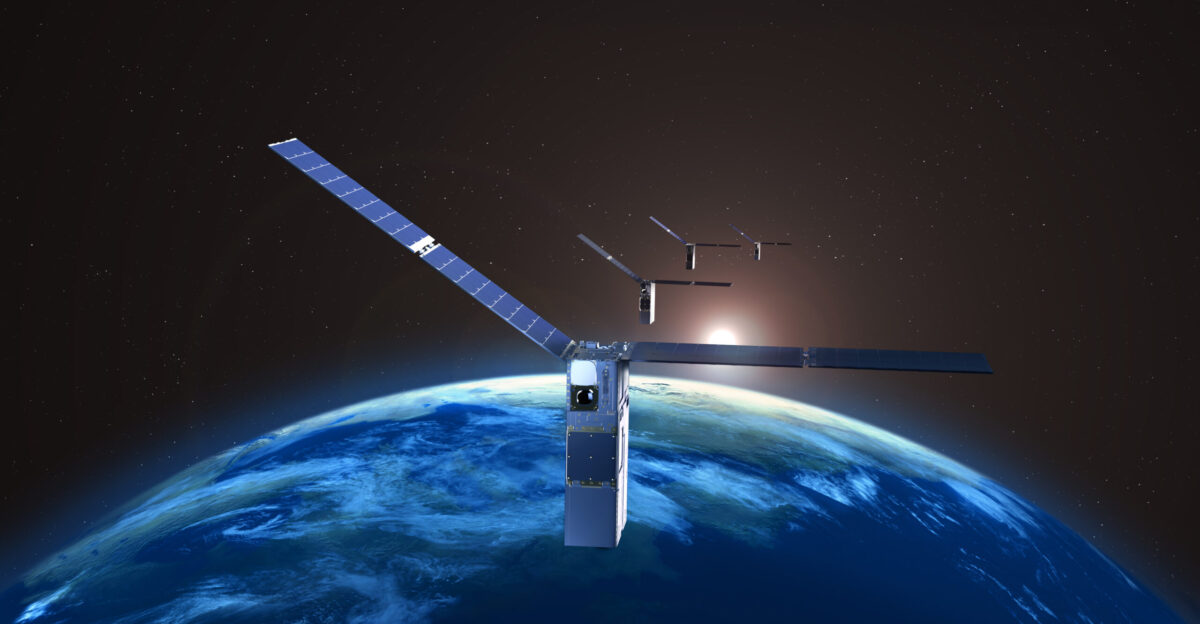
Federal analysis attributes over 85 percent of projected 2035 debris survival risk to Starlink satellites according to FAA assessments. FAA modeling suggests 28,000 debris fragments could survive reentry each year by 2035, predominantly from Starlink if certain demisability standards are not universally met.
In contrast, SpaceX states its satellites are designed to “fully demise during atmospheric reentry”—a claim accepted by the FCC in licensing.
From First Launch to Increasing Reentries

Starlink’s era began with an initial launch of 60 satellites in May 2019, marking the start of unprecedented megaconstellation deployment. The annual number of Starlink reentries has increased steadily: 2 in 2020, 78 in 2021, 99 in 2022, 88 in 2023, and 316 in 2024, with the rate expected to rise further as older satellites reach end-of-life.
Solar Cycle 25’s active phase has accelerated orbital decay, leading to sudden spikes in reentries during major geomagnetic storms.
Aircraft in the Crosshairs
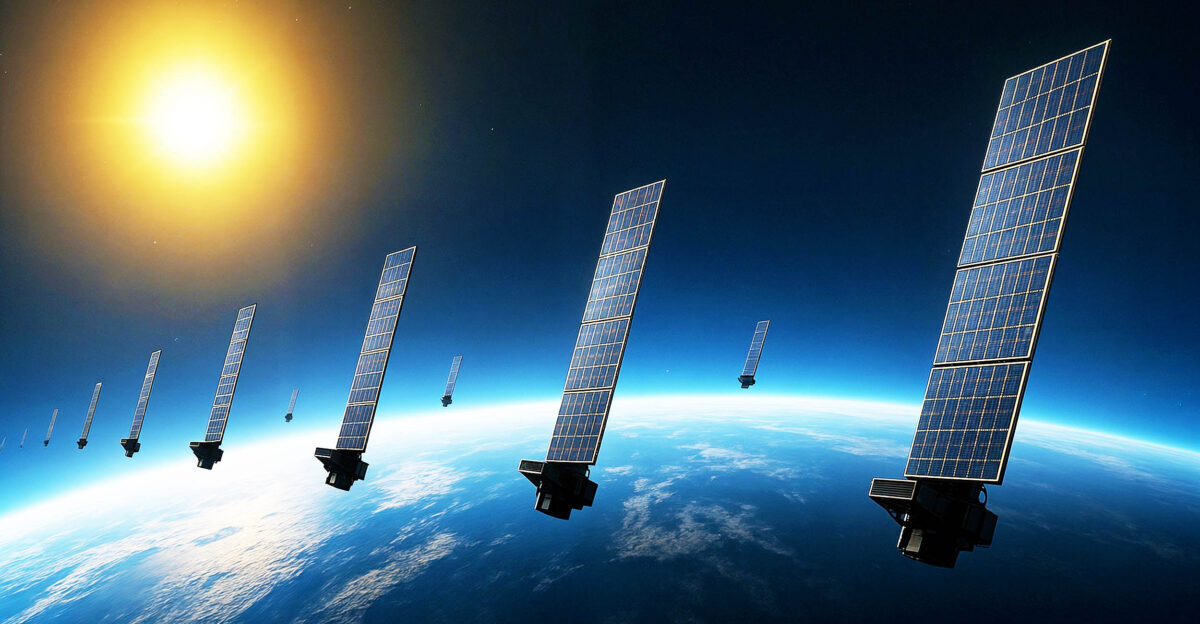
FAA models project a 0.0007 annual probability (7 in 10,000) of aircraft being struck by reentering debris by 2035. NASA research indicates that during periods of severe geomagnetic activity, Starlink reentry rates increase significantly compared to calm periods, directly correlating to increased atmospheric drag and faster orbital decay.
However, no confirmed case of aircraft harm from satellite debris has been documented as of this writing.
Daily Plunges Become the New Normal
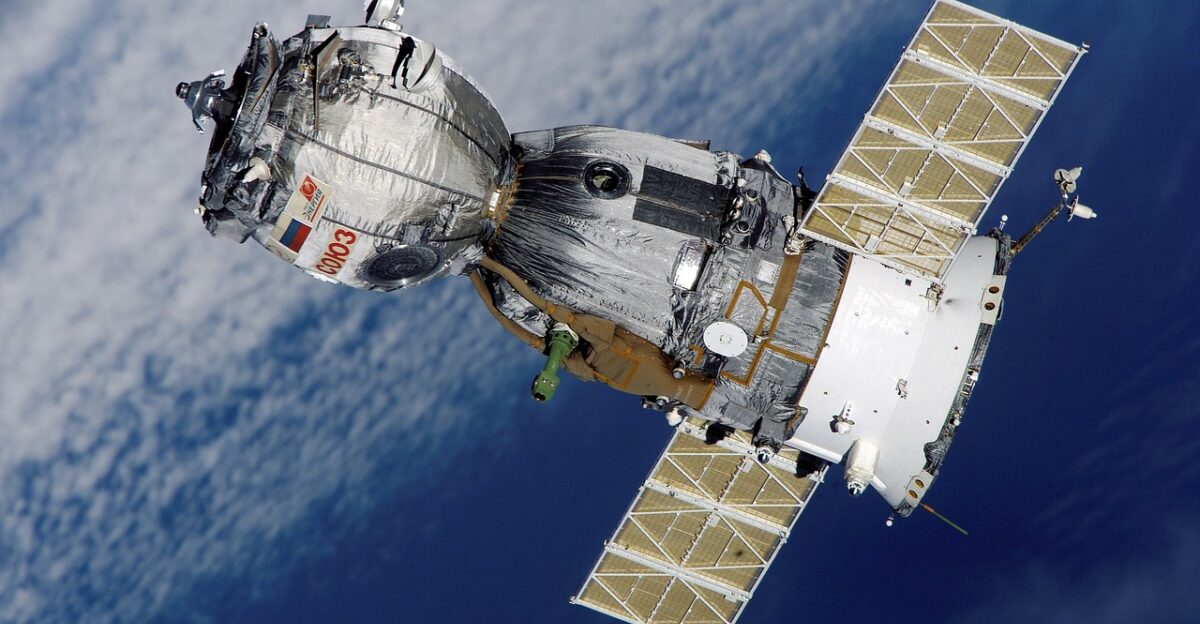
Astrophysicist Jonathan McDowell’s ongoing reports confirm that one to two Starlink satellites deorbit each day as of October 2025. Starlink satellites now account for the majority of all global satellite reentries.
McDowell has stated that if current launch rates continue, “we expect a five-year replacement cycle, and that translates to five reentries a day.”
Airlines Navigate an Invisible Gauntlet
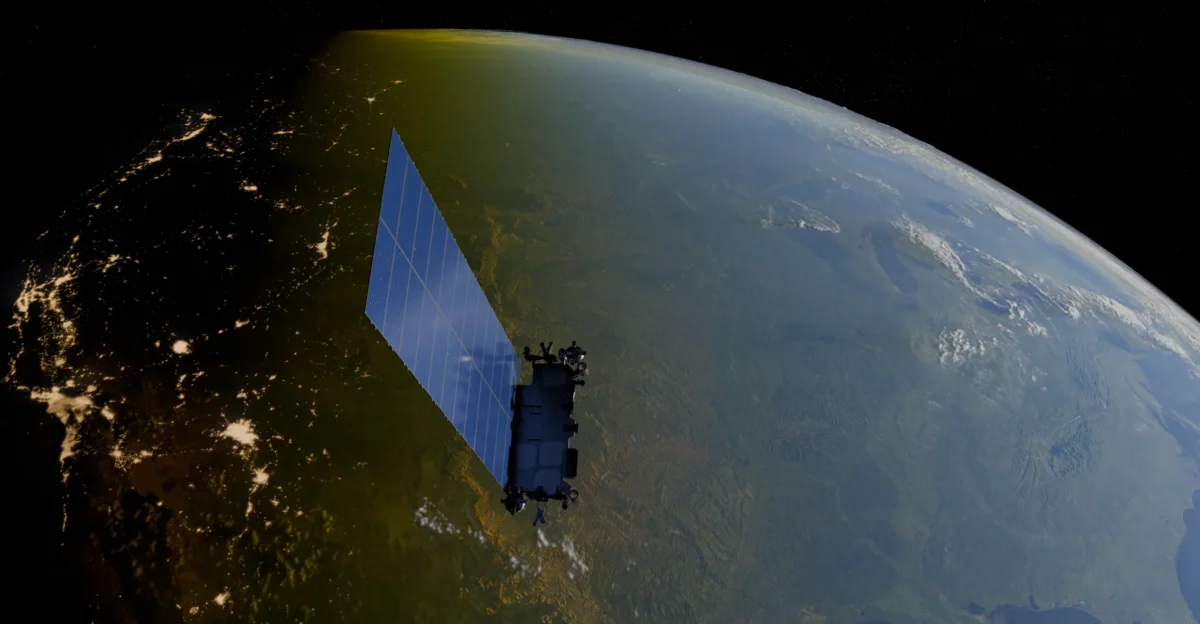
Airlines have begun considering space debris probabilities in flight routing, especially for routes crossing high-density orbital zones, though formal protocols for in-flight avoidance do not yet exist.
Space insurance premiums are reportedly 10-20 times higher than aviation premiums as of 2021, but verifiable figures for debris-specific aviation premium surcharges remain undisclosed in primary sources as of October 2025.
Astronomy’s Lost Decade

According to the International Astronomical Union, satellite constellations are having a negative impact on ground-based astronomy. Simulations suggest the Vera C. Rubin Observatory could have up to 10 percent of images affected by satellite streaks.
NASA atmospheric scientists have highlighted the unprecedented nature of metallic particulate input from thousands of annual reentries, raising concerns about potential long-term atmospheric effects.
Competitors Face the Same Cliff Edge
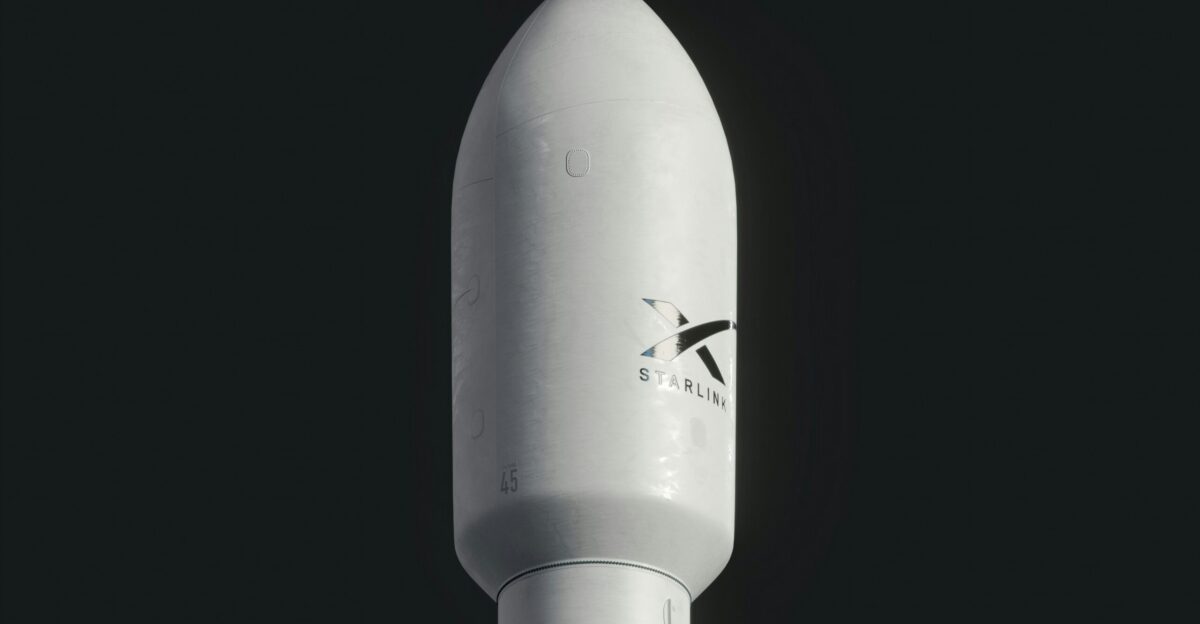
Amazon’s Project Kuiper has FCC approval for 3,236 satellites with deployment requirements by 2029, while various Chinese satellite initiatives are expanding. Rapid development timelines drive the industry to accelerate demisability testing, yet no multinational standards for debris survival verification have been finalized.
The Astrophysicist Keeping Score
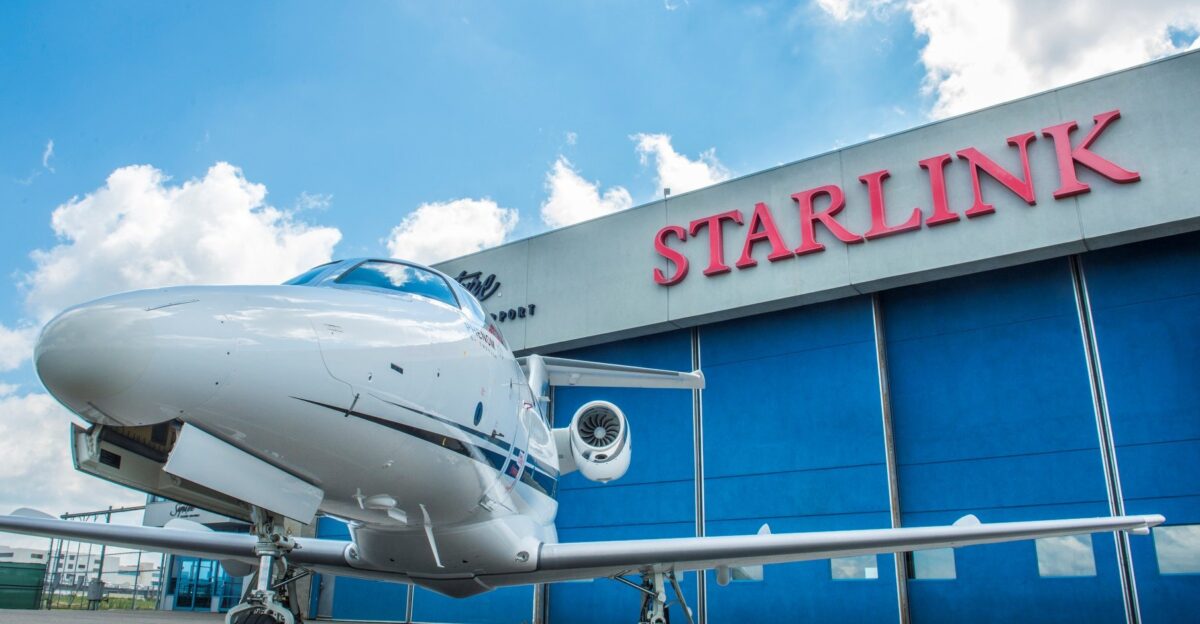
Jonathan McDowell, of Harvard–Smithsonian, maintains an authoritative database of satellite reentries, cross-referencing U.S. Space Force tracking data with observations from a global network of amateur astronomers. McDowell has projected that with a five-year replacement cycle for low-orbit satellites, reentry rates could reach “five reentries a day” if launch rates are maintained.
Insurance Markets Price the Unthinkable
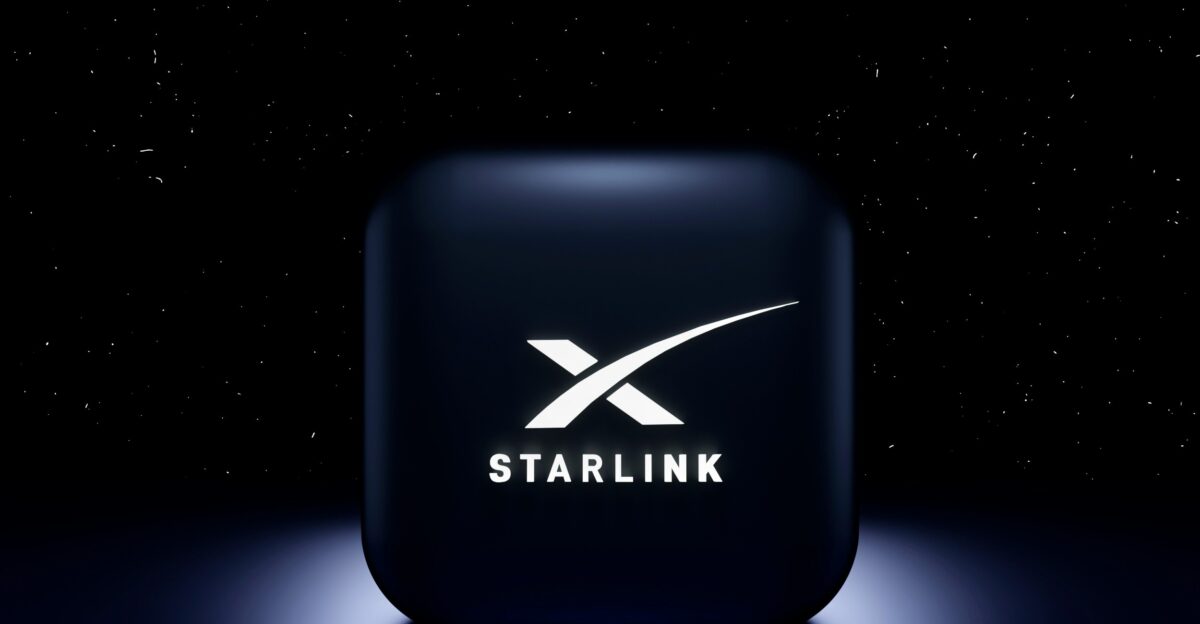
Aviation and space insurance markets are evaluating the risk posed by space debris, but there is no confirmed regulatory filing or press release establishing an industry-wide 0.3 percent premium surcharge as of October.
Legal frameworks for debris liability, such as the 1972 Liability Convention, impose some responsibility but have yet to be fully tested in cases involving fatal debris incidents.
The Kessler Cascade Creeps Closer
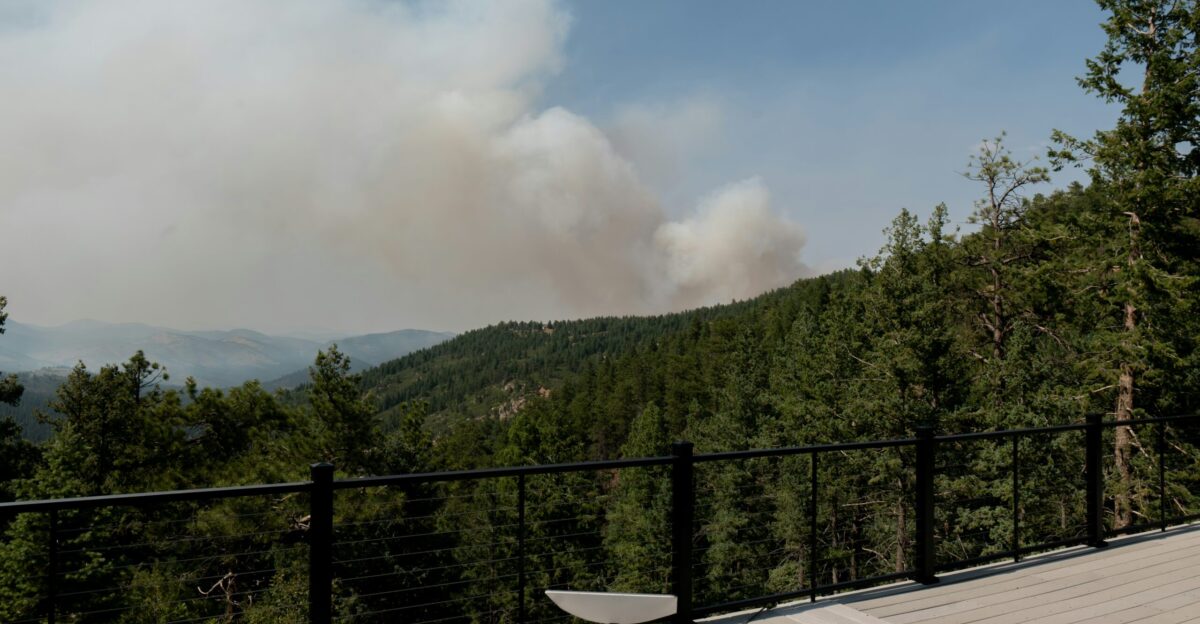
More than 30,000 trackable objects greater than 10 centimeters are currently tracked in orbit, according to available data. McDowell and other researchers have voiced concern that unregulated deorbits could elevate the risk of a cascade of collisions, as outlined in Kessler’s original 1978 paper “Collision Frequency of Artificial Satellites: The Creation of a Debris Belt.”
The number of operational satellites is expected to increase rapidly through 2035, with models indicating sharply rising density in key orbital bands.
What the Numbers Really Mean for You
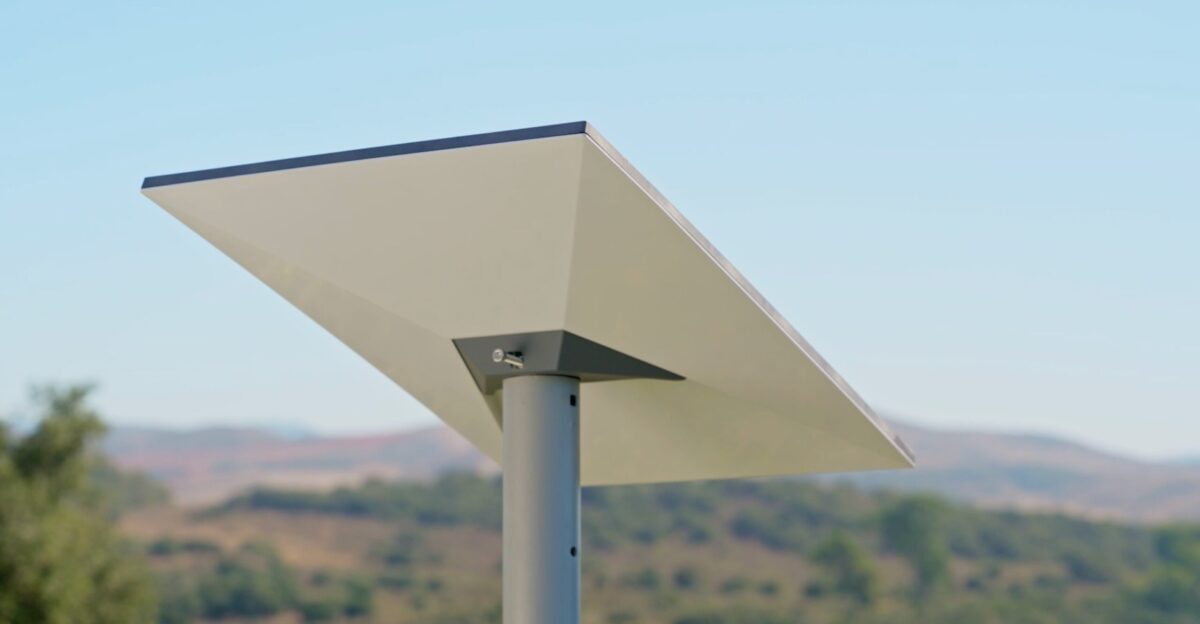
A 0.6 casualty expectation annually corresponds to extremely low individual risk—significantly less than the risk from natural phenomena like lightning. FAA models are meant to inform regulatory policy rather than individual behavior or public warnings; personal risk to individuals remains negligible.
Solar Cycle Twenty-Six Looms
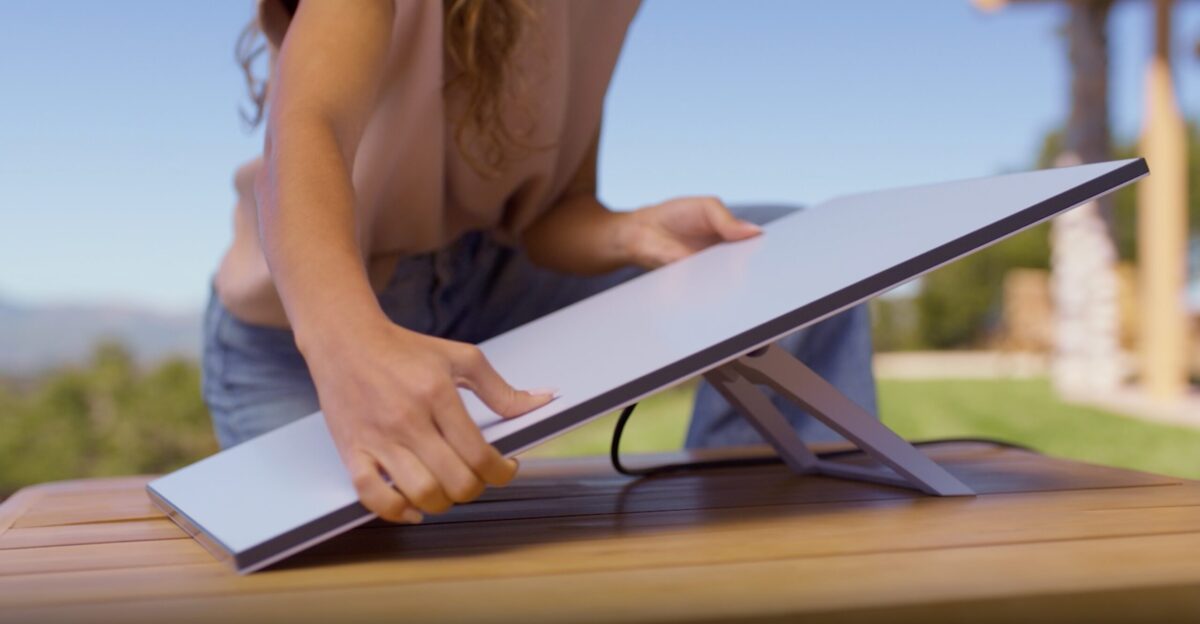
Solar Cycle 25 is currently active, with research showing increased satellite deorbit rates during severe geomagnetic storms. FAA assessments identify this period as having elevated debris counts and increased atmospheric chemical input, with related studies noting potential effects on upper atmospheric conditions.
The Experiment Without a Control Group
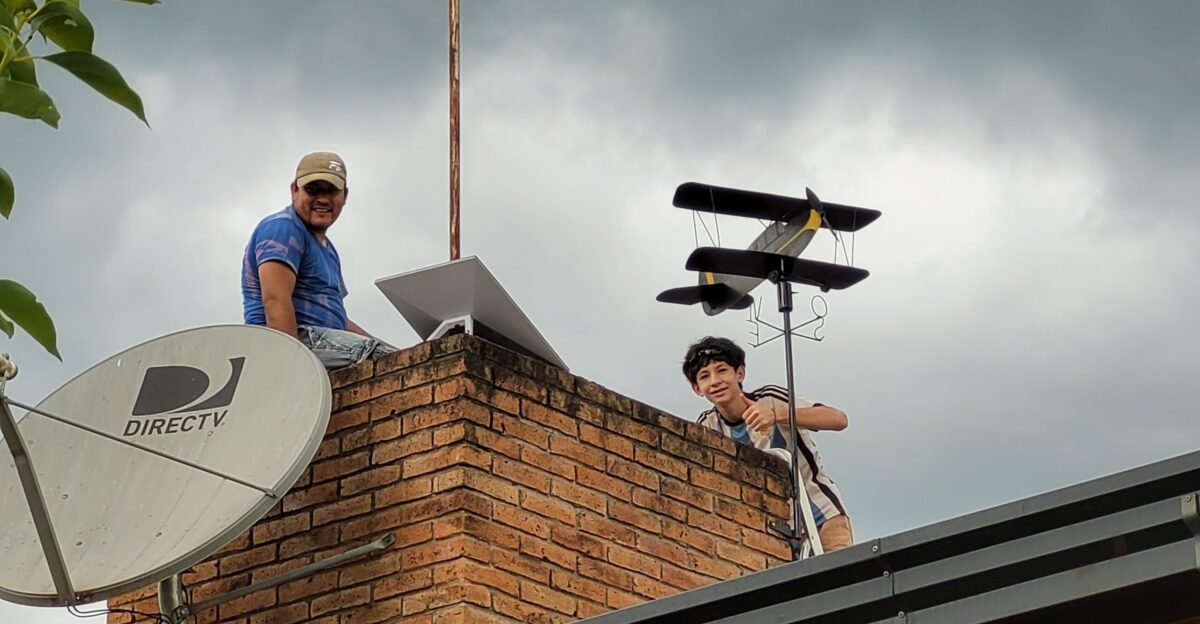
The FAA attributes over 85 percent of projected 2035 risk to Starlink operations, while SpaceX maintains its satellites fully demise and pose no ground threat. Scientists have described the unprecedented nature of upper-atmosphere metallic influx from current reentry rates.
Regulatory outcomes over the next several years will determine whether low Earth orbit remains manageable or succumbs to congestion and collision cascading.